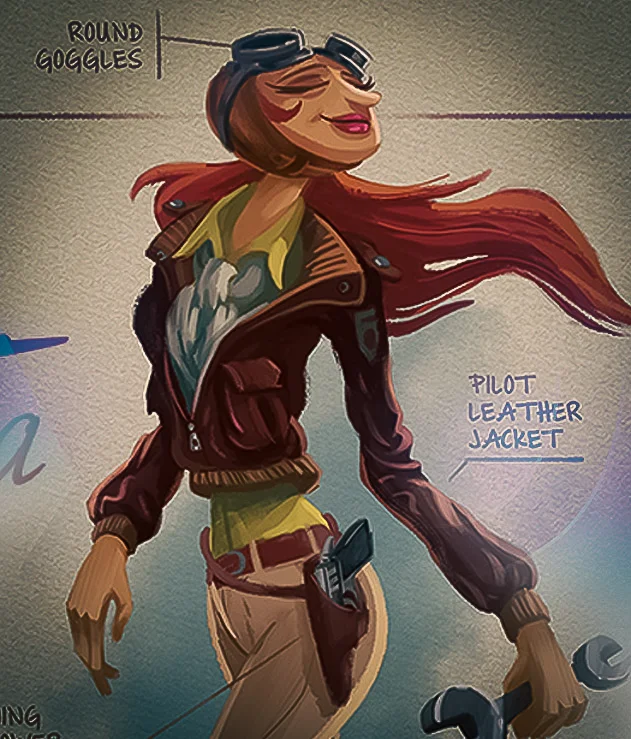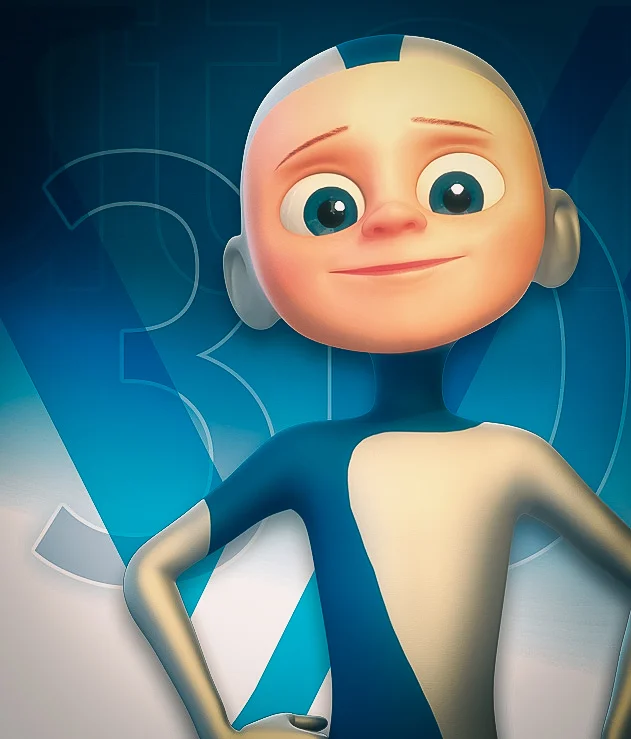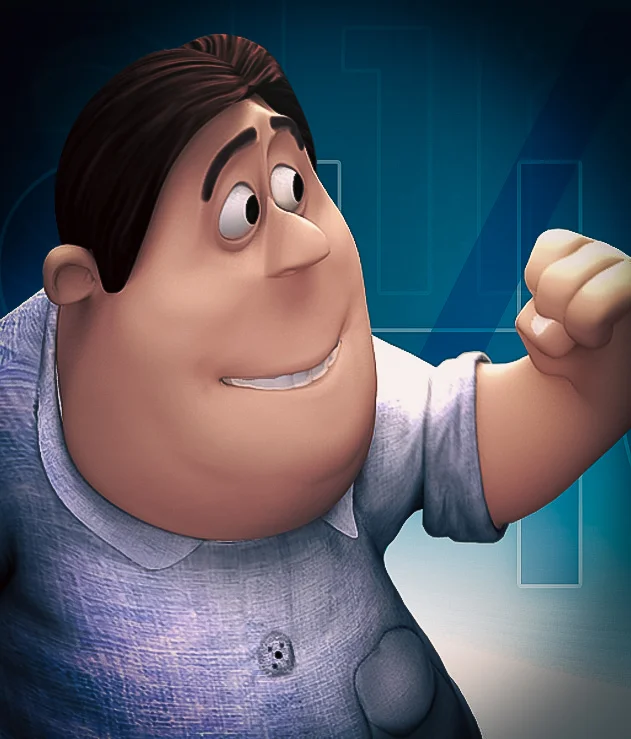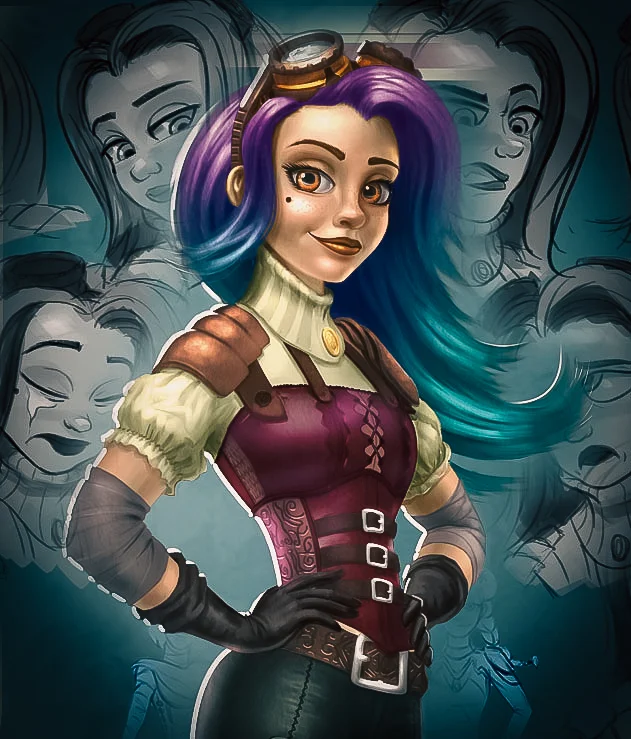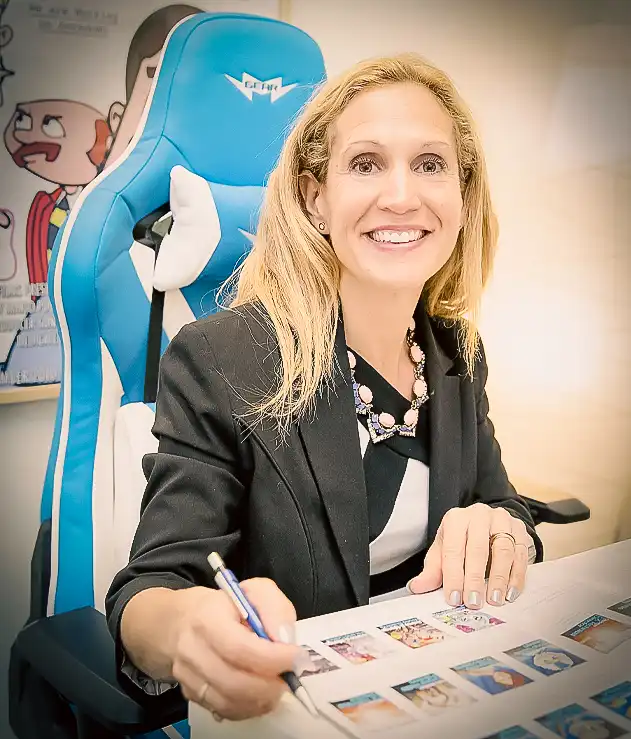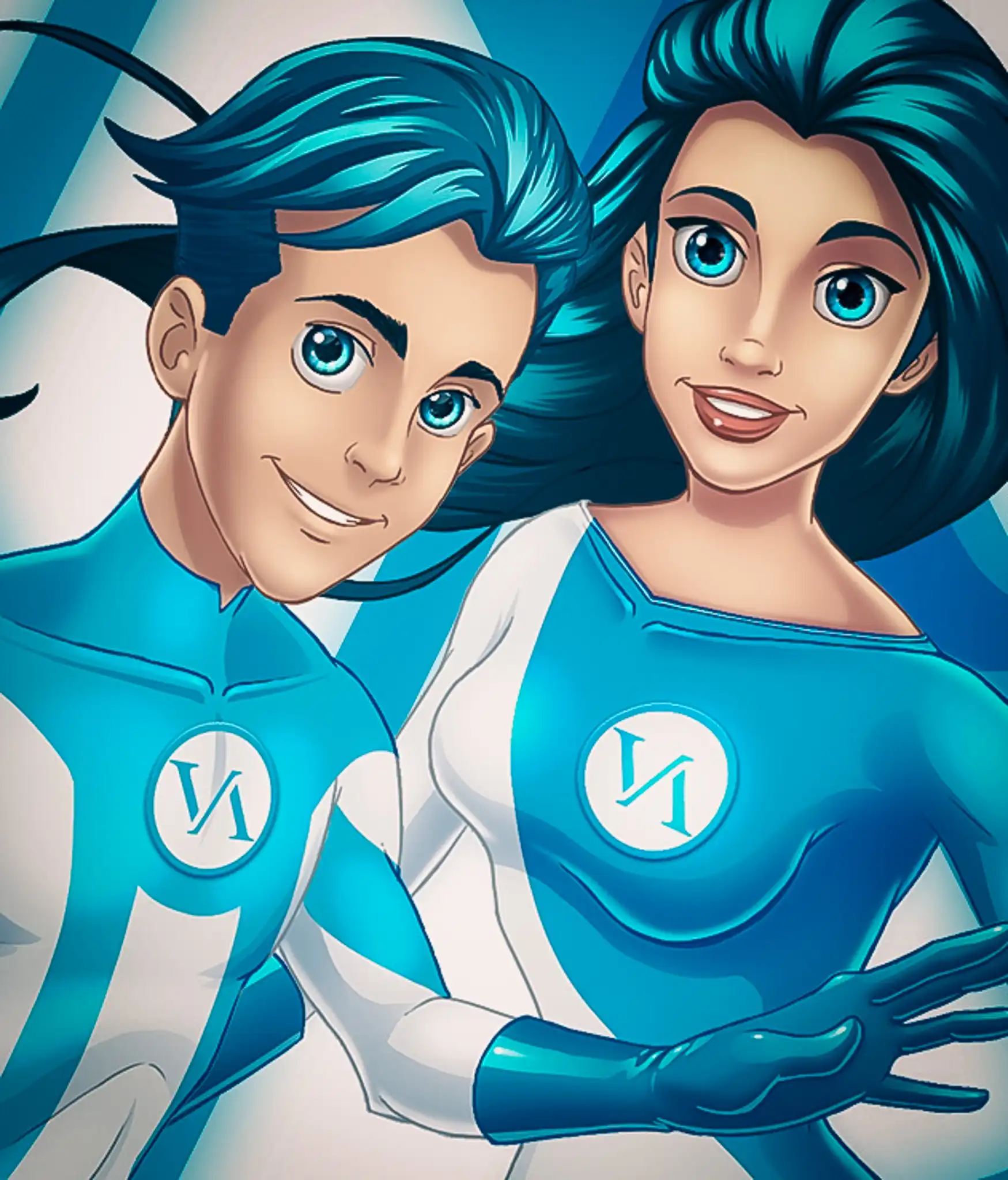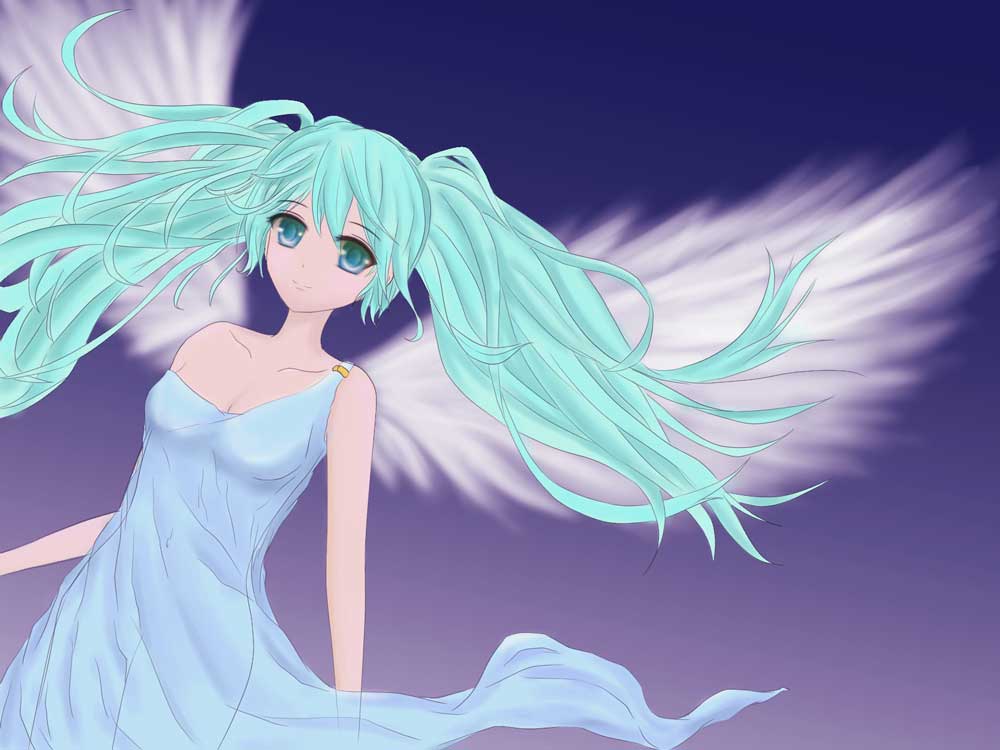
Kawaii Art: One of the Most Popular Anime and Manga Style
How do they create these amazing characters?
Watching Avatar - Anime series was fun, air benders showing various displays of power thrilled our heart. It was a name on everyone's lip: Aang, Katara, Sokka, Azula, Iroh, Zuko. We were thrilled to see these characters display their powers. Surely you would have asked how those characters were formed? Or perhaps which style of animation was adopted to showcase such masterclass of creativity? Not to worry, it's Anime art. Now you'll ask how about Naruto? It’s equally the same.
Anime is a Japanese word used to connote animation. Outside Japan, It is referred specifically as animation from Japan. This cultural meaning often sparks a debate with many scholars who opine that this has created a kind of desolation for the Japan animation world.
This is in contrast to the Japanese meaning of the word which uses Anime to describe all the animation type across the world.
Why is it called Anime?
The word is used to describe the totality of all animation in Japan. This also includes the totality of all cinema genres such as comedy, horror, adventure, and other movie genres. It is important to note that Anime art is not predominated by a singular genre of the movie as it is a collection of diverse forms of art, which is dependent on the artist, creator, and style. A creator could decide to do a comic while another could decide to do a horror anime. Characters in anime drawings are also known to be full of energy, with superb graphics and creative themes and designs which best align with the message to be communicated to the primary audience.
Anime art, unlike several other art forms, it has its primary audience cutting across all ages; both old and young, sexes; both female and male. The Sailor Moon is notable among females, while Mario is more peculiar to the Males. Ben, 10, is a popular name among the Young, while the oldies also have their own favorite animation. Its primary audience is well captivated by the creativity displayed in the cinematic movie. Quite importantly, the genre for each audience differs from one another through the production techniques used in the production of all the genres are the same.
Anime is for all ages
Factors such as video effects, movements of the camera, panning are given top priority over the animation of movements and other criteria. Characters are made with a reality proportionate body size with an occasional disproportion in body size most often associated with the eye size. The design of the character is drawn in such a way that they depict reality, however, the color effect and the hairline are few of the notifying changes which differentiate between reality and the fictional movie.
It is not to be confused Anime And Manga drawings are closely related with a lot of similarities, however, with distinguishing differences that separate both fictional illusions from reality. Anime drawings started in the year 1917 when the first professional public display was made. Iconic and pioneer Animators such as Ōten Shimokawa, Shitarou Kiyatawa and several others produced numerous works, most of which were destroyed due to the Great Kano Earthquake coupled with the destruction of Shimokawa warehouse.
However, the work of Oluech, Namakura Gatana, survived this turbulent period making it the oldest among Anime drawings. Anime characters were originally produced in the traditional method using crude techniques obtainable at that time. However, the wave of digitization has also blown across the industry given rise to various animations in different countries.
Now you'll ask, what is Manga? Manga is a Japanese word used to receive the collection of comics and cartoon books which date back to the 12th century. Scholars often credit Manga art for the huge role played in the reading style done from the right to the left. Manga art has a long history of existence, however, the first known Manga drawing was found in the 1798 book titled Shiji no Yukikai authored by Santo Kyoden. It is expedient to note that Manga and Anime art share several similarities; however, there are cutting edge differences between both fictions. While Manga drawing is a comic book read by all ages (Old and Young) and both Girls and Boys, the other is a Movie shown. It is also important to note that the amount of character required to produce a Manga art is quite shorter when compared with that of Anime Art. This difference makes it possible for animators to make use of Manga as the basis for Anime. It is, however, worthy of knowledge that not Anime produces all Manga drawings as several remain a Manga. Both Anime and Manga art are products of masterclass creativity, which depicts various artistic concepts such as mood, emotions, etc.
What is Manga?
Now you'll ask, what is Manga? Manga is a Japanese word used to receive the collection of comics and cartoon books which date back to the 12th century. Scholars often credit Manga art for the huge role played in the reading style done from the right to the left. Manga art has a long history of existence, however, the first known Manga drawing was found in the 1798 book titled Shiji no Yukikai authored by Santo Kyoden.
It is expedient to note that Manga and Anime art share several similarities; however, there are cutting-edge differences between both fictions. While Manga drawing is a comic book read by all ages (Old and Young) and both Girls and Boys, the other is a Movie shown. It is also important to note that the number of characters required to produce Manga art is quite shorter when compared with that of Anime Art.
This difference makes it possible for animators to make use of Manga as the basis for Anime. It is, however, worthy of knowledge that not all Manga drawings are produced for Anime as several remain Manga. Both Anime and Manga art are products of masterclass creativity, which depicts various artistic concepts such as mood, emotions, etc.
For ages, the traditional way of making Manga art known is having it drawn on paper and having a public display of it. Alternatively, it could be submitted to Magazine producing companies to help with publicity by using it to run a completion. This is a traditional way used to produce this superb artwork.
However, the advent of technology and the Internet has brought about a lot of ease and convenience in Manga publicity.
Web Mangas such as Pixiv and Twitter have made it a lot easier for people to access Manga online. This usage of digital tools has brought about exponential growth in the acceptability and revenue generated from Manga online. Magazine publishers are also not left out of the moving trend occurring with manga online as many now have a website, although the traditional style of publicity has not been totally eradicated.
Kawaii drawings and style
There are several Anime styles such as Kawaii, Realistic, Chibi, and Moe. There is often a thin line between reality and animation. A balance between both is what brings out the creativity and beauty of the work done. In other words, when there is too much realistic style in it, it ceases to be an animation.
Several Anime has shown what a superb intro of realistic style could do in animation such as Black Lagoon, Ergo Proxy, Nodame Cantabile, and several others. Chibi is another style that speaks of the power of diversity of the Japanese. Chibi is interpreted as short and cute. The characters in Chibi are identified by their body modifications, which are distinct.
Characters in chibi have small bodies, the name is derived from the verb chibiru which means to become shorter. Chibi characters also have big heads and wide eyes. Moe in a similar manner is used to show expression of love and affection to characters shown in Manga or Anime.
It is realistic to have characters that deeply touch our hearts, their roles are perfectly displayed; hence they won our hearts for various reasons that could be personal, in situations like this Moe is the best word to describe such affection. Kawaii is another notable Manga and Anime style used by animators to communicate their message to the primary audience.
Kawaii drawings originated from Japan but not without a history. Several scholars define kawaii to mean cuteness while several others view me as pity or sympathy.
While this belief could spark a debate, a quick of the word history is all that is needed to get a full grasp of the knowledge of the art and its concept.
Kawaii drawings started as a form of rebellion against the culture by women who were opposed to the supposed laid down principle the world was showing them to live by. This wouldn't go without a fight anyway as the women soon rebelled starting from their dressing to other forms of life, including writing. Kawaii, which was once believed to mean pity, sad, poor, and several other piteous meaning has changed to become what is now widely accepted as cuteness today.
Kawaii art characters have a unique identity that signifies it from every other art form and concept. The drawing of the characters is straightforward which makes it pretty easy for everyone to do it, including children as it does not require a special skill to creatively design one. Although being skilled is an added advantage as creativity is often enhanced by the level of skill and professionalism, however, this should not stop you from drawing your own Kawaii drawings.
Popular Kawaii drawing characters include Bad Badtz-Maru, Charmmy Kitty, Cactus Friend, Afro Ken, Awawa Chan, and several others. One common characteristic existing in all these characters is the huge simplicity with which it is made of. Making a kawaii character as it requires a minimal number of lines to be drawn. In most cases, the characters are without a nose; another common characteristic of kawaii characters.
The image attached at the top is an example of kawaii art that could inspire you to try drawing your own characters. The picture is well-detailed and shows step-by-step methods via which you can draw Kawaii anime. It should be, however, noted that the beauty of Kawaii art is in simplicity and creativity.
What is the market size of the animation industry: Very big
Animation has grown past writing and fashion and has become integrated into the daily lifestyle of people. Industries are set up to see to its growth and publicity.
With over 430 production companies involved in animation, one cannot expect anything less than awesomeness from such an industry.
Like every business, the partnership is a great arsenal to produce great results; the animation industry is not left behind, various companies collaborate with each other to produce an astonishing anime movie. A notable one is Studio Ghibli's movie titled Spirited Away. The result of the partnership that produced this movie is the record of being the all-time gross film in Japan since its release in 2001.
Animation has grown to become a powerful force to reckon with, and a knowledge of it wouldn't be bad for you. Why not take full advantage of this trend and get knowledge of it in VANAS? Anime and Manga classes would hold, which would be an eye-opener to several secrets to unravel the bottled-up secrets to excel distinctively in the world of animation. The Anime art classes are all that you need to know how to creatively design your own animation without external effort. In addition, Certificates would be given which would attest to your participation in the Anime art classes.
It is worth reporting that animation has been a huge source of revenue in different countries, ranking up about $24 billion in Japan and $ 5.2 billion in the US. The Anime and Manga classes would be fact and data filled that would train several minds and unlock the potential needed to succeed in the animation world. With certificates at testifying that you are skilled in anime and manga, the anime and manga classes are set up for you. It is also imperative to say that the anime classes are the definition of simplicity in total form.

